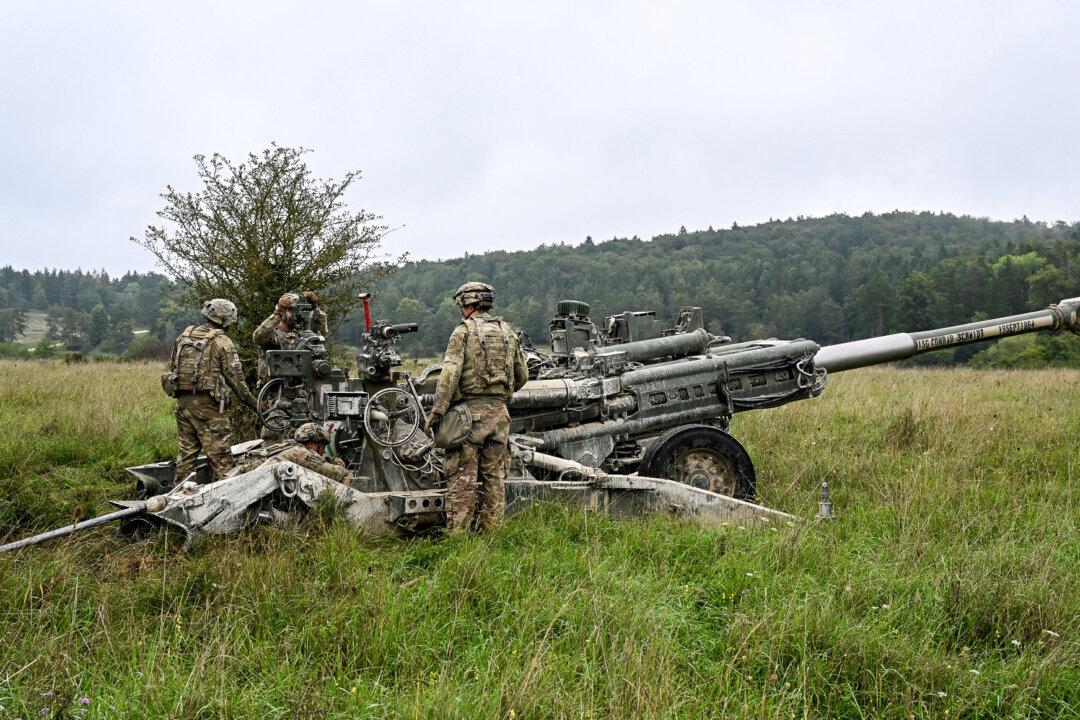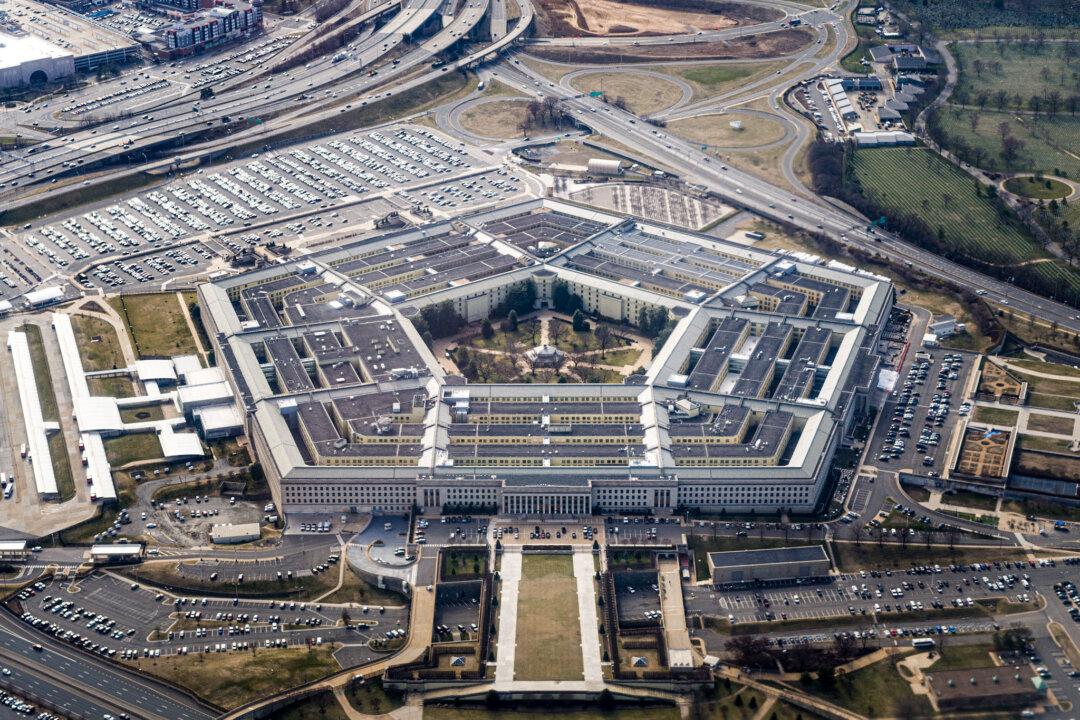A U.S. Army soldier shot another soldier with live ammunition during a recent training event at Joint Base Lewis–McChord (JBLM) in Washington state.
The shooting incident took place on April 25 but remained unreported until this week.
“A JBLM soldier was injured during a training incident the night of Thursday, April 25, 2024, on Joint Base Lewis McChord,” Lt. Col. Jennifer Bocanegra, the public affairs officer with the Army’s I Corps told NTD News in an emailed statement on Tuesday, May 7.
Lt. Col. Bocanegra said the soldier who was struck by the live ammunition was admitted to the Madigan Army Medical Center at JBLM and is currently in stable condition.
“Our thoughts are with the soldier and their family during this difficult time,” she added.
The soldier wounded in the training incident was assigned to the 7th Infantry Division, a component of I Corps garrisoned at JBLM.
The exact circumstances of the shooting are unclear and are under an ongoing investigation.
The military routinely uses blank ammunition to approximate some of the effects of live fire. The multiple integrated laser engagement system (MILES), for instance, is a training tool that allows service members to fire blank ammunition from functional firearms while they aim a laser beam attached to their weapons at other users wearing laser sensors on their clothing, similar to the laser tag game. If a live round were to find its way into the mix during MILES-based training, it could increase the risk of an accidental friendly fire incident.
Military units may also use blank rounds while rehearsing battlefield maneuvers.
Special Forces Command Undergoes Safety Stand-Down After Shooting
The April 25 shooting incident has prompted the 1st Special Forces Command to issue a command-wide safety stand-down.“Following the incident, 1st Special Forces Command issued a 72-hour stand down of all ranges requiring the use of live and blank ammunition,” Maj. Russell Gordon, a public affairs officer with 1st Special Forces Command, said in an emailed statement to NTD News.
Maj. Gordon said that during this safety review period, subordinate units within the command will initiate a 24-hour amnesty period to turn in any improperly stored ammunition. After this period, all component units will complete an inventory of their arms rooms and ammunition storage locations.“Unit leaders will complete a review of all storage, handling, and range safety responsibilities at the lowest level to ensure compliance with policies. Although an investigation is underway on the exact circumstances of the incident, it was necessary to take prudent action now to ensure the safety and well-being of everyone,” Maj. Gordon said.
Military.com initially reported, citing an unidentified source with knowledge of the April 25 incident, that a member of the 1st Special Forces Group had fired the round of live ammunition that struck the 7th Infantry Division soldier during the April 25 incident. Maj. Gordon told NTD News that some initial reporting of the incident was inaccurate and that the live round of ammunition was actually fired by another soldier within the 7th Infantry Division.While a 1st Special Forces Group member did not fire the live ammunition in the April 25 incident, Maj. Gordon noted the special forces unit—which is a component of the 1st Special Forces Command—had some measure of responsibility over the training range where the shooting incident occurred.
Maj. Gordon reiterated that 1st Special Forces Command was conducting its safety stand-down out of an abundance of caution as an investigation into the April 25 shooting incident plays out.







